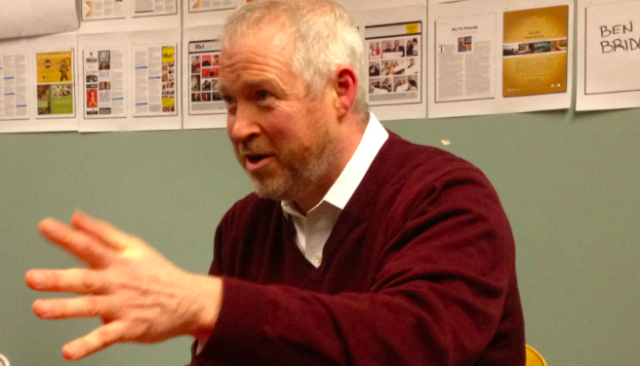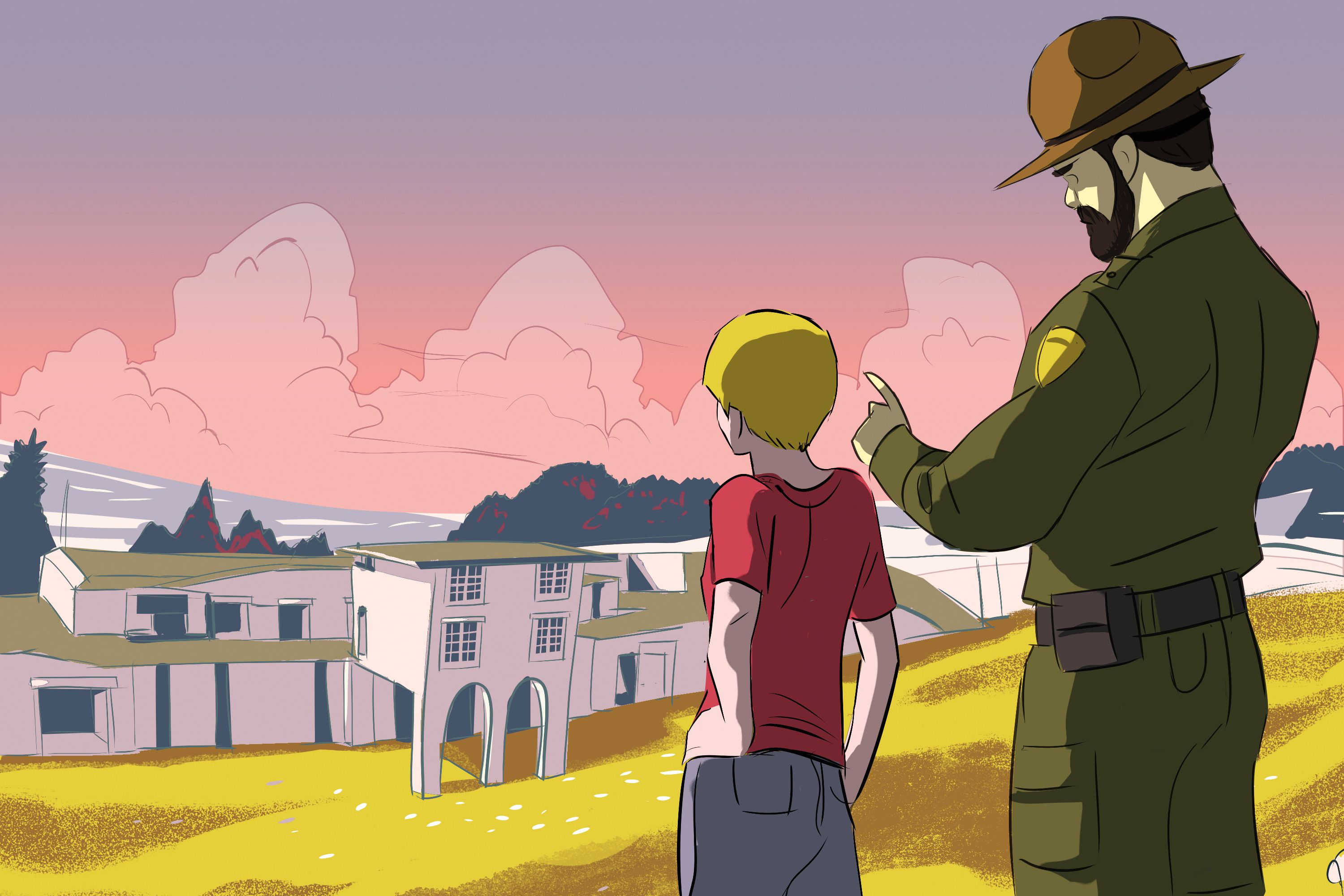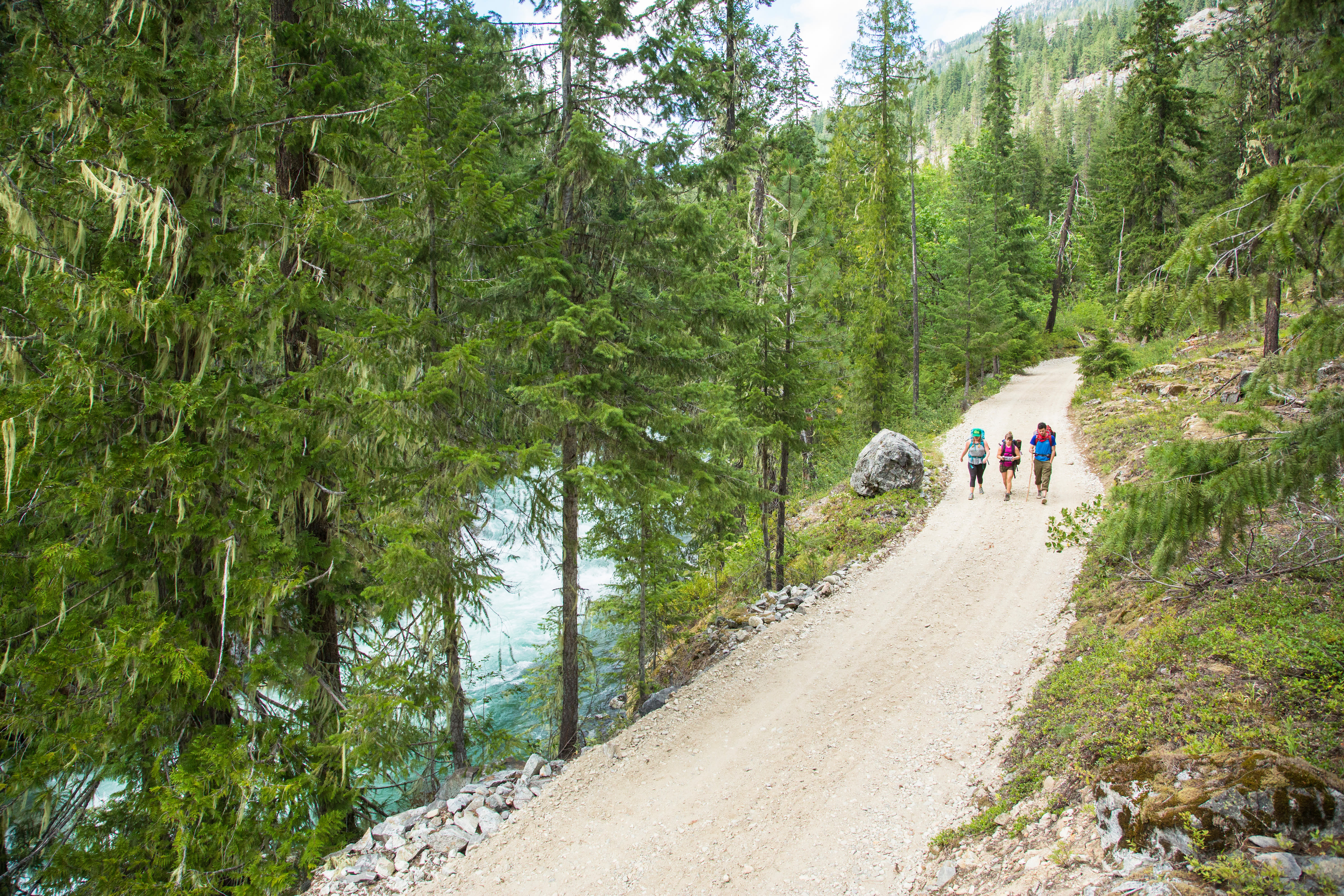Why I’m Voting for Parks (Even Though the Opponents Have a Point!)

In 2008, I worked in coalition to get a parks levy on the ballot and passed. As our city grows and becomes more dense, parks and open spaces are critical to maintaining our quality of life. That was our touchstone then, and it is even more true now.
Seattle is booming. We’re adding jobs, rents are rising, and more people are choosing to live in shared housing, apartments and smaller spaces. Not everyone has a backyard, and we all need space to stretch out, come together, play sports, or just get deep into nature.
It’s not just parks, it is all our public spaces. Sidewalk cafes, parklets, bike lanes, public festivals, food trucks and innovations like Bell Street Park help make public spaces the city’s living rooms. It creates an urban dynamism that is our best economic development tool (better than tax breaks, and more fun too!) Public spaces, like public libraries, public transit, and public schools, are at the heart of an equitable city.
Not everyone has a backyard, and we all need space to stretch out, come together, play sports, or just get deep into nature.
I was excited to help pass the 2008 parks levy. But it wasn’t perfect. The thinking by City Council then was operating expenses should come out of the general fund. They wanted to keep a promise that operating funds in the 2000 levy would phase out. It was a fine impulse, but the Great Recession crunched that idea. And the reality is that city government has for decades chronically underfunded maintenance, not just in parks, but in streets, bridges and public utilities too.
In 2010 when I started my term we faced massive cuts across government and no department could be spared. We kept all our pools or community centers open, but something had to give, and that was hours of operation and programs. When we had one-time money from insurance settlements, real estate excise taxes, or 2008 levy savings, we put the dollars into our buildings—things like basic maintenance and rehabbing Magnuson Park historic structures. And we kept the city’s promise to rebuild the decrepit Rainier Beach Community Center and Pool. The maintenance hole was far deeper than our resources, though.
I share opponents’ genuine concerns that the waterfront will soak up dollars that could be spent more wisely.
So was the need for more community center hours. At town halls I would hear from kids in the South End that they wanted more hours at Rainier Beach and Van Asselt. Given the challenges these kids faced staying safe and in school, I wanted the new levy to dramatically expand community center hours, and make better use of the buildings the taxpayers had generously authorized in previous levies.
This levy wisely puts money into community center hours, basic programming, and basic maintenance. I would not have written the levy exactly as the committee or council did, but the overall investment is needed. That’s why I am voting yes, and have been an advocate for this year’s ballot measure.
The part of the levy that is attracting opposition is the formation of a new Metropolitan Parks District. This approach has one major advantage over other tools—it gives the city a little more overall taxing authority. Given the restrictions from Tim Eyman, this is a good thing. After all, we will need general fund property taxes to help fix our streets, and build the transit system we’ve always needed. For example, the doubling of the families and education levy, strongly supported by voters, puts us closer to the cramped limits mandated by Eyman's initiatives. While no panacea for parks funding (the General Fund portion will always face budget pressures), the parks district is an important tool.
All the little things that make a neighborhood—sidewalks, local businesses, parks, schools, apartments and houses—add up to big things. Cities that make these investments get big environmental gains because we can live better locally with less driving and less stuff.
One disadvantage noted by opponents is that the council, acting as the parks district board, could raise taxes—without a vote of the people—to fund extravagant downtown plans at the expense of neighborhoods. On this, they have a point. For example, I worry that the Parks District will allow our elected officials to avoid a public vote in allocating millions of taxpayer dollars to construct a grand waterfront park should preliminary funding outlines fail to materialize (a serious possibility). Having drafted budgets and worked with the council through the painful Great Recession years, I share opponents’ genuine concerns that the waterfront will soak up dollars that could be spent more wisely.
The answer though, is not to vote down the parks ballot measure. The answer is to hold the council accountable through our new district election process. And to start getting realistic about waterfront financing. Our new waterfront can be magnificent. But it doesn’t have to be extravagant. We have already shown how to revitalize places with efficient investments. And while hot tubs, floating saltwater pools and grand infrastructure are exciting, they carry ongoing costs that will make it harder for those kids to use their neighborhood pools and gyms.
It’s not as exciting, but the all the little things that make a neighborhood—sidewalks, local businesses, parks, schools, apartments and houses—add up to big things. Cities that make these investments get big environmental gains because we can live better locally with less driving and less stuff. The communities that we build together can give everyone dignity and lift everyone up. Investing in parks and community centers in every neighborhood is part of the answer. That’s why I’m voting for parks, and think you should too. As for making sure the city treats all its people fairly, voting down the levy won’t fix that. We have to fix that ourselves.
Mike McGinn was mayor of Seattle from January 2010 to January 2014
The permanent Metropolitan Parks District property tax vote is on August 5; voters are being asked to approve a $0.33 tax per $1,000 of assessed property value—or $132.00 per year on a $400,000 property, $4 more per month than what people pay now under the expiring levy.
Here are our pro and con editorials. And here's our direct response to the Seattle Times' anti-Prop 1 position.




